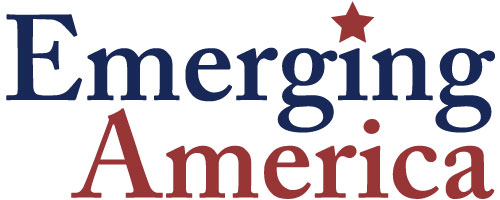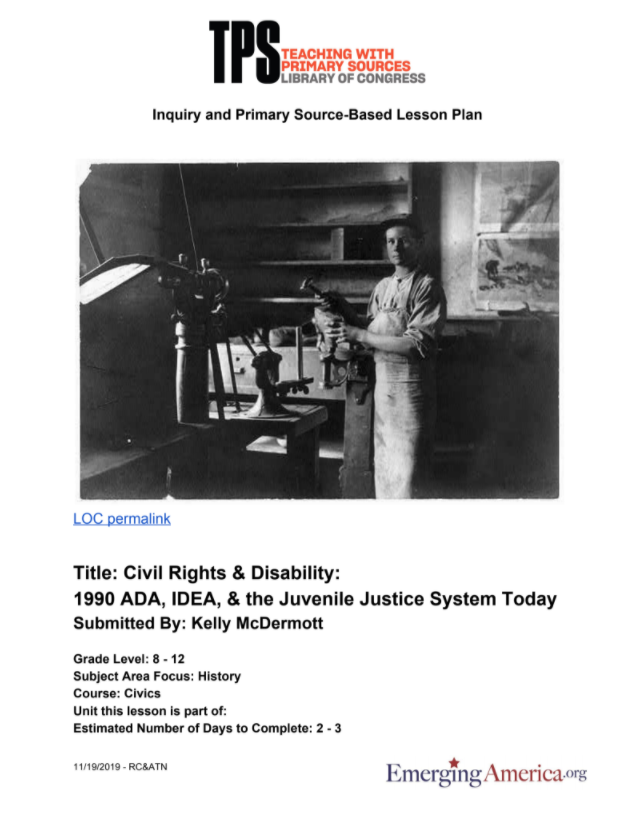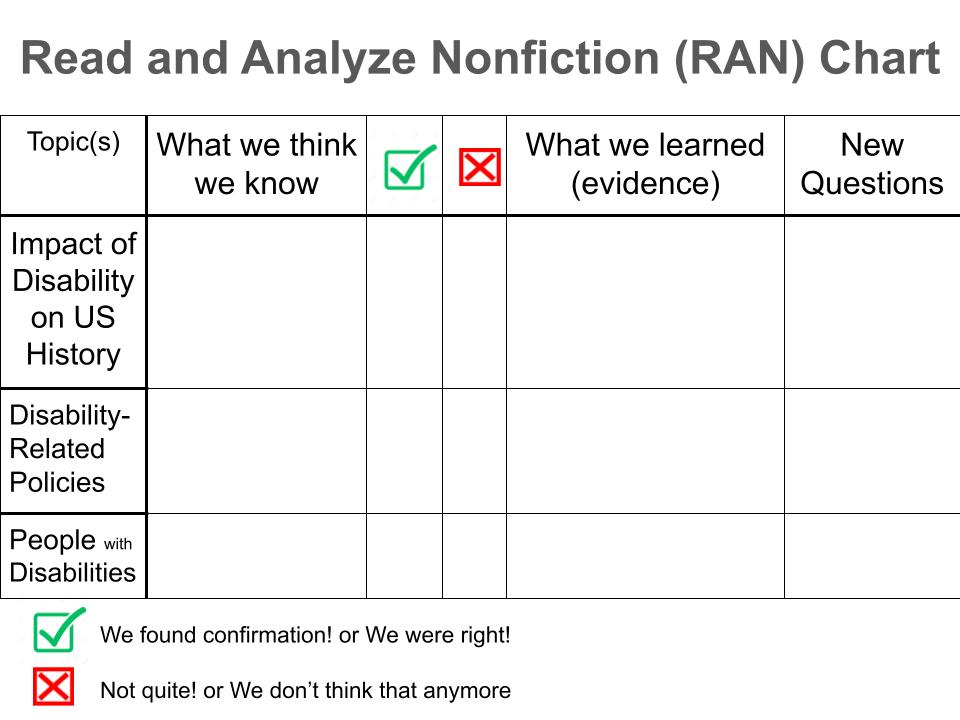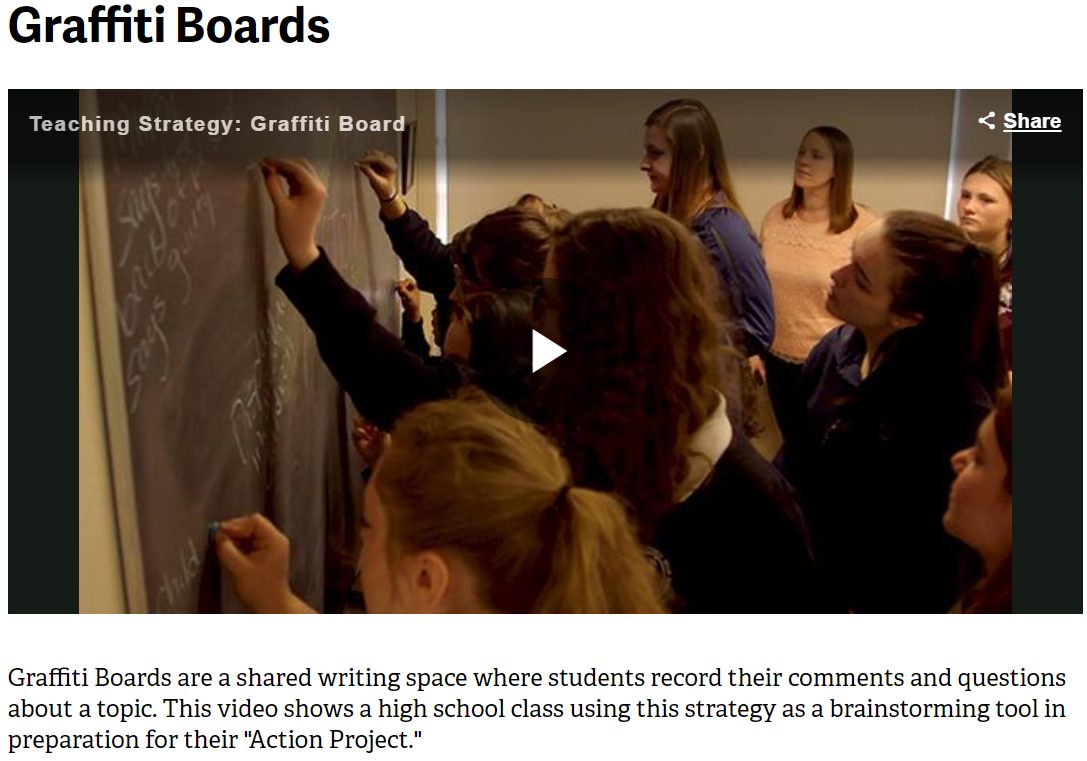Polio and Parallels to the Covid-19 Pandemic
Closed movie theaters, church services, and summer camps – special hospital wards with ventilators called ‘iron lungs’ for polio patients with the most severe cases – parallels between polio and coronavirus epidemics are…





